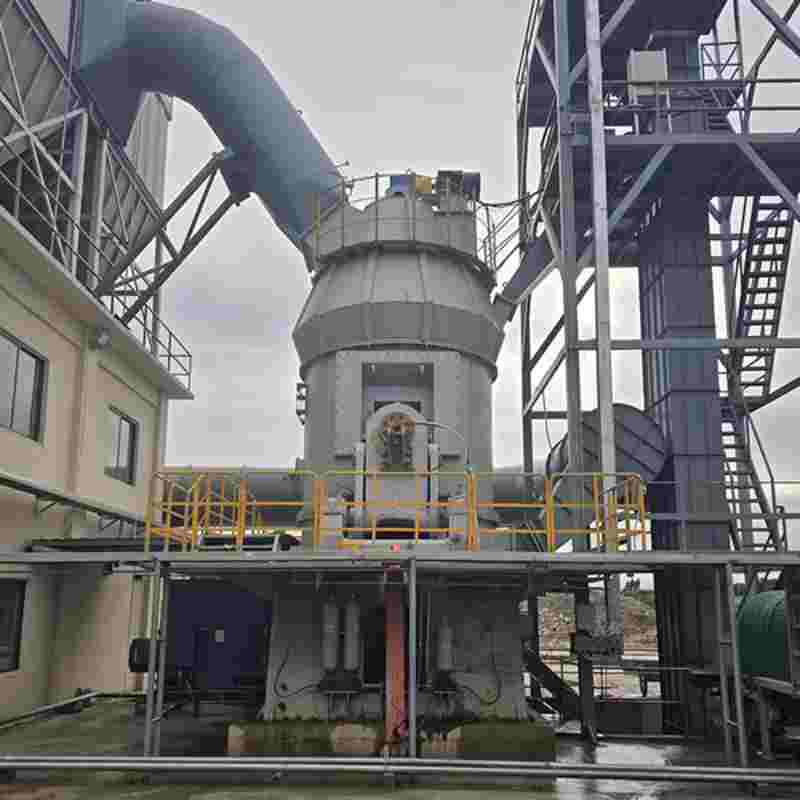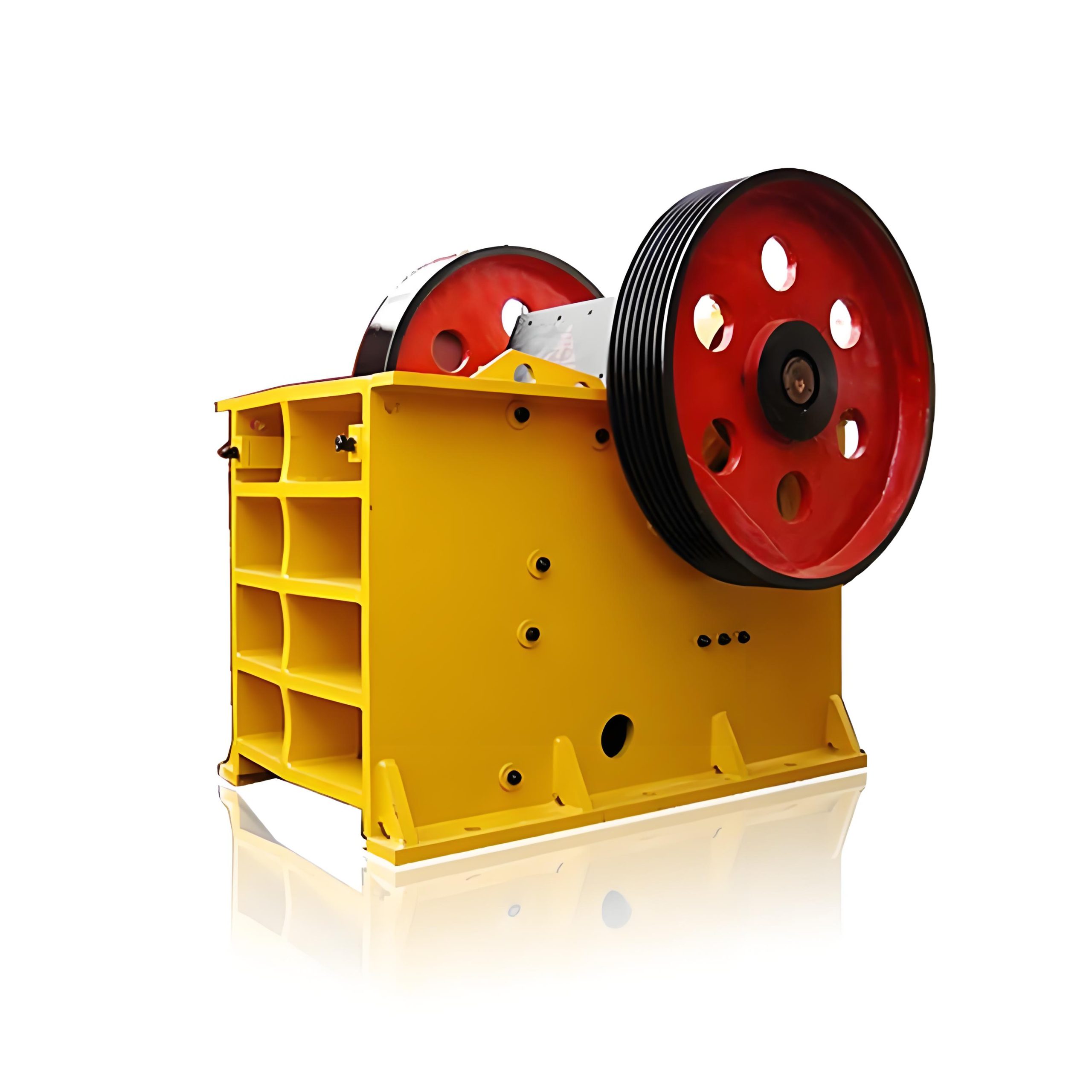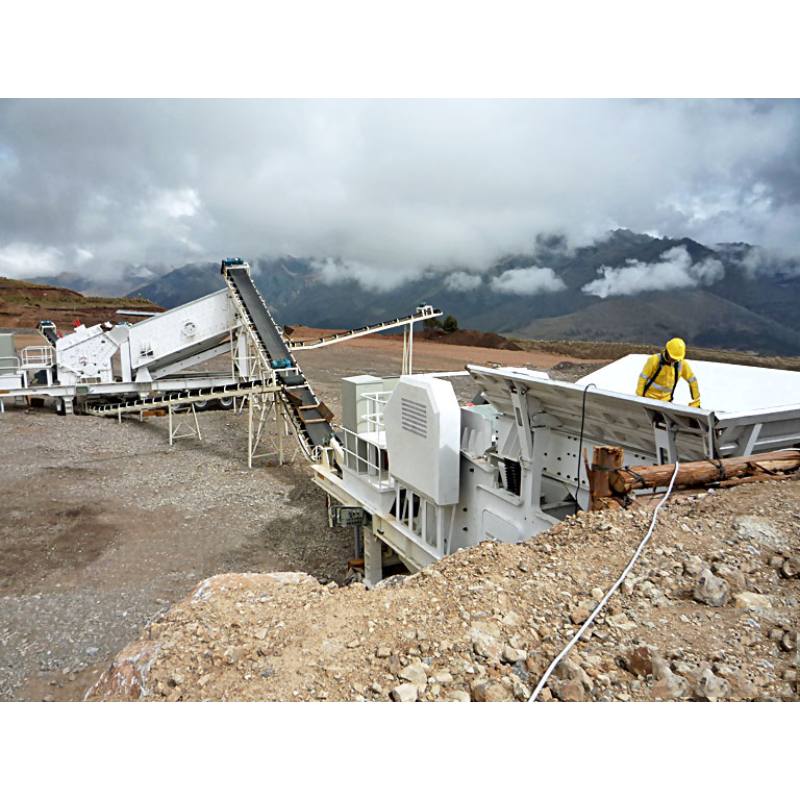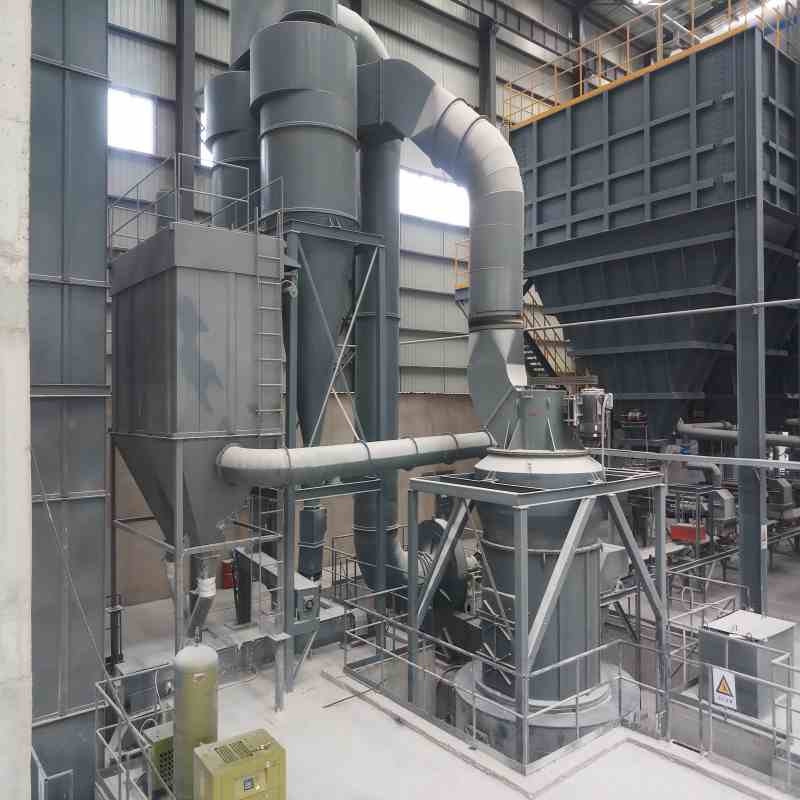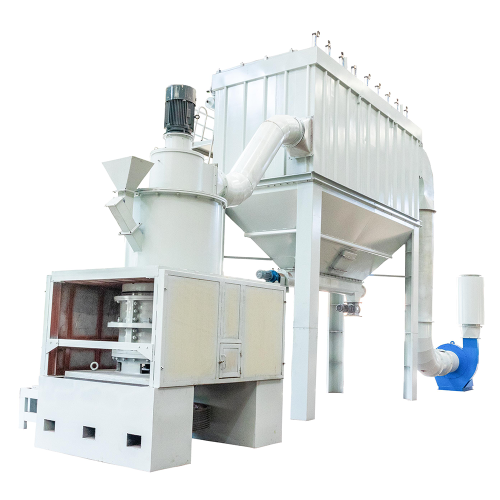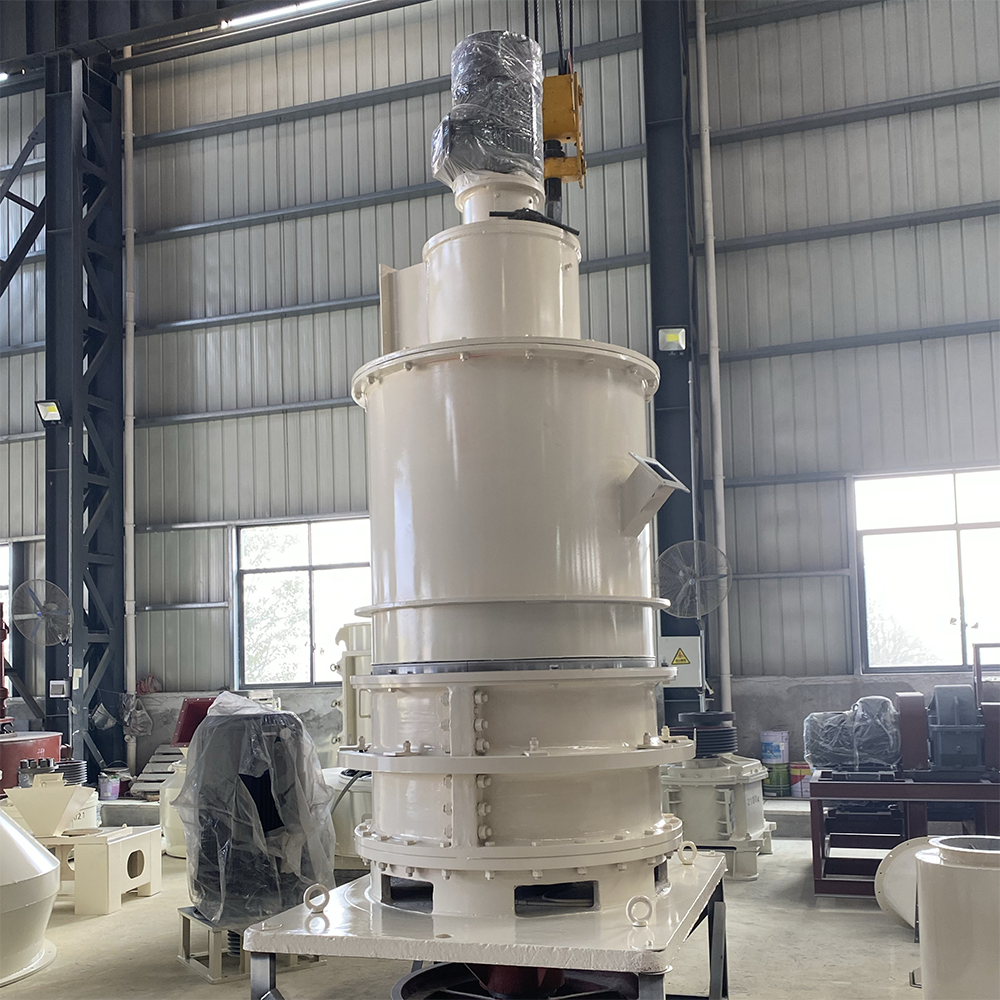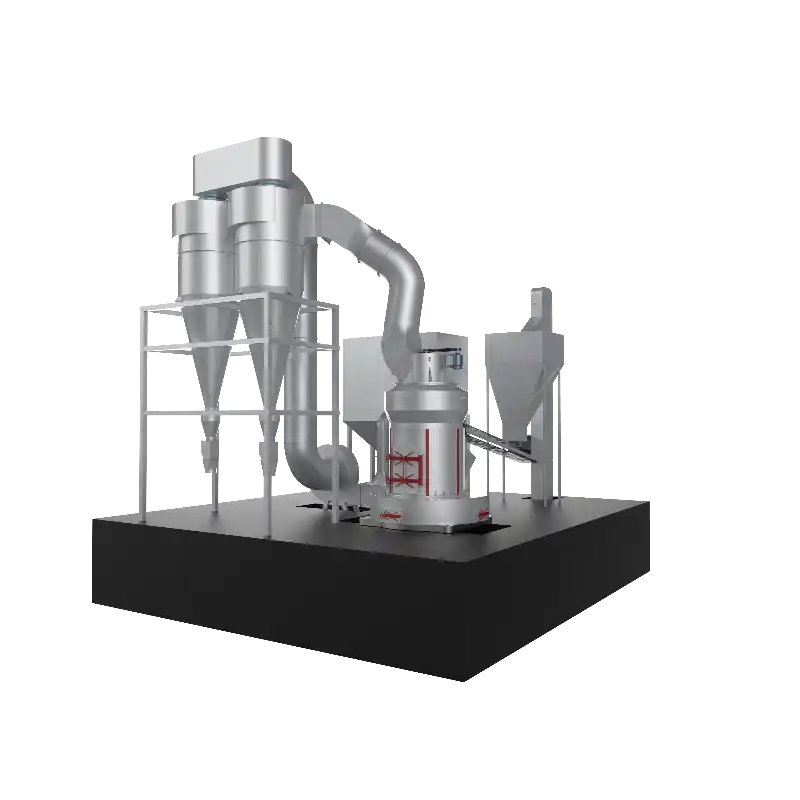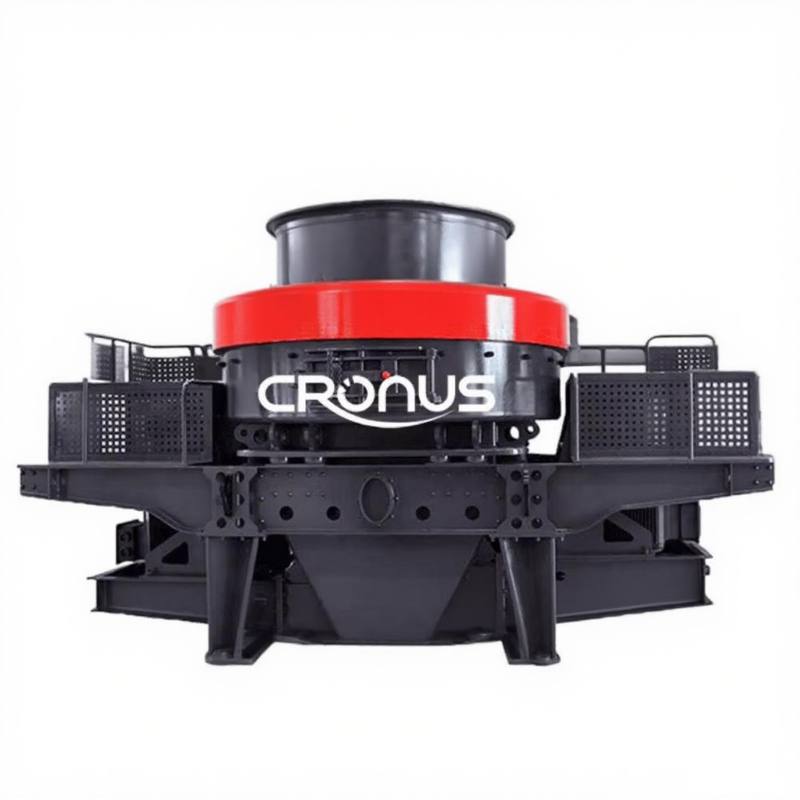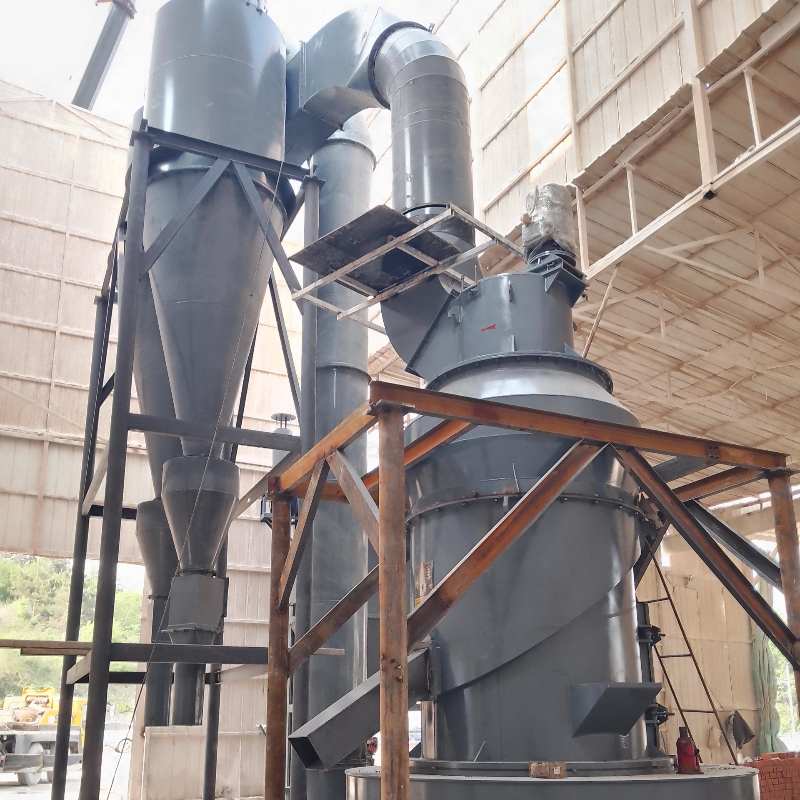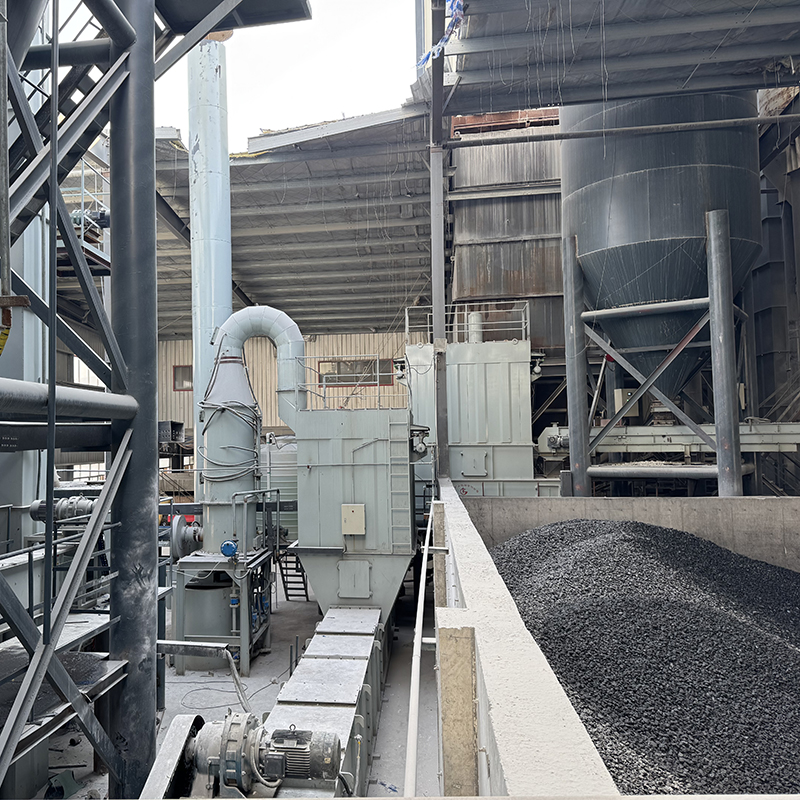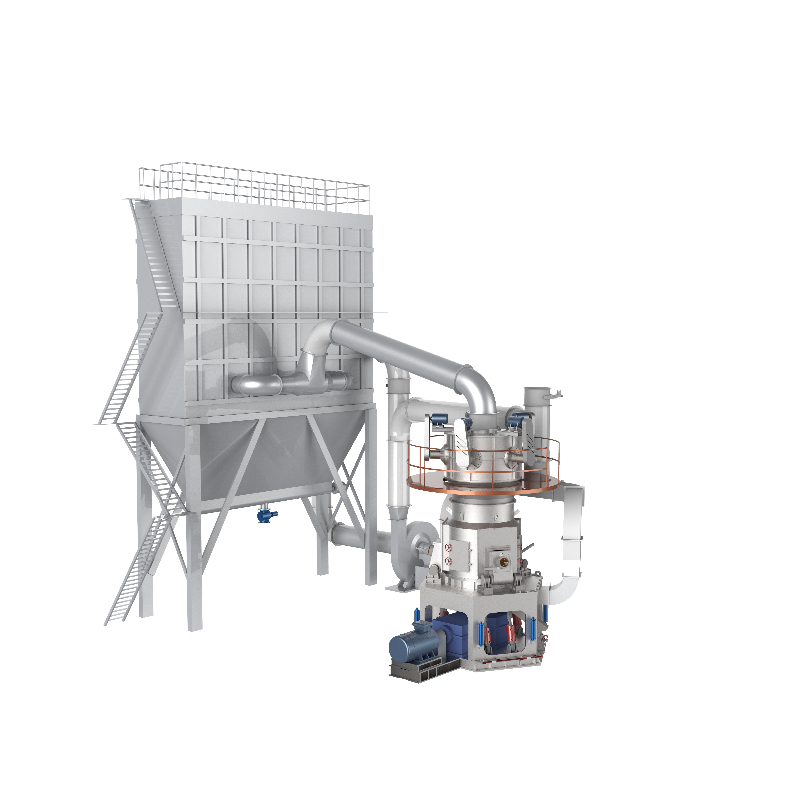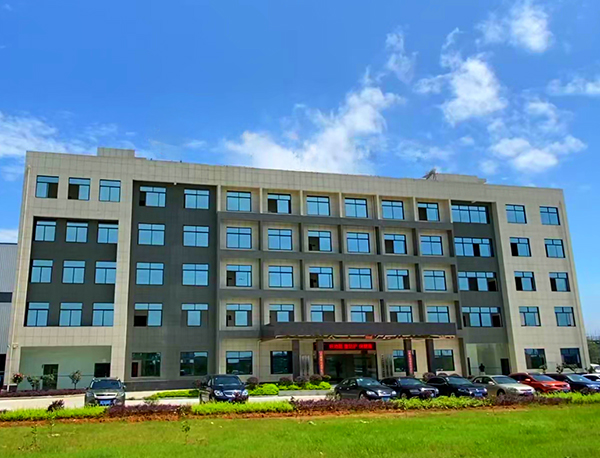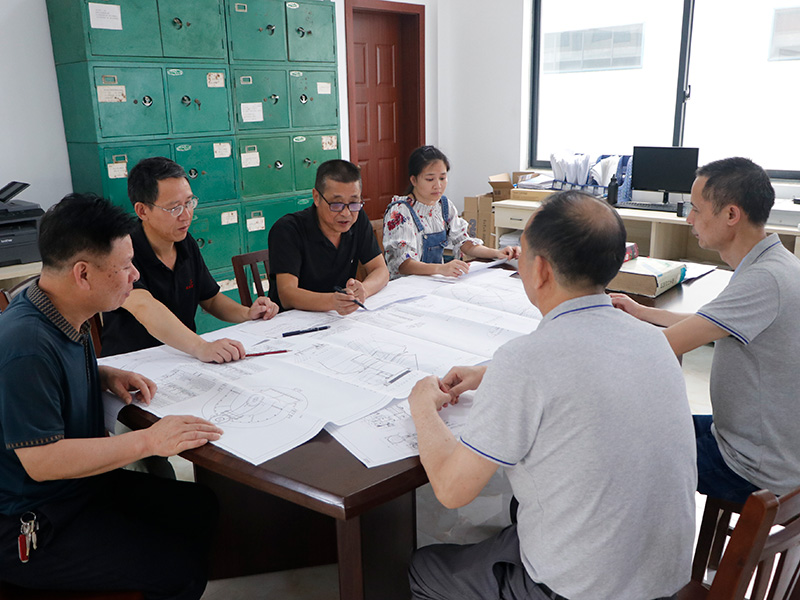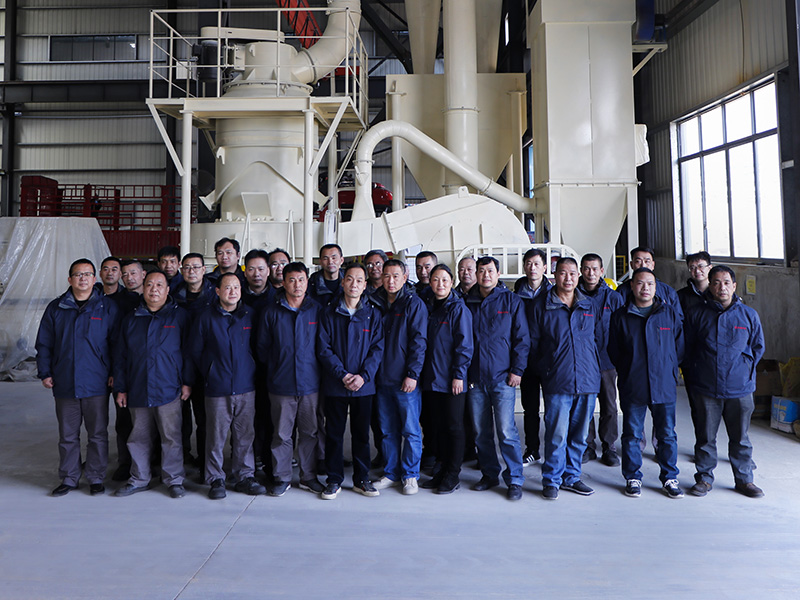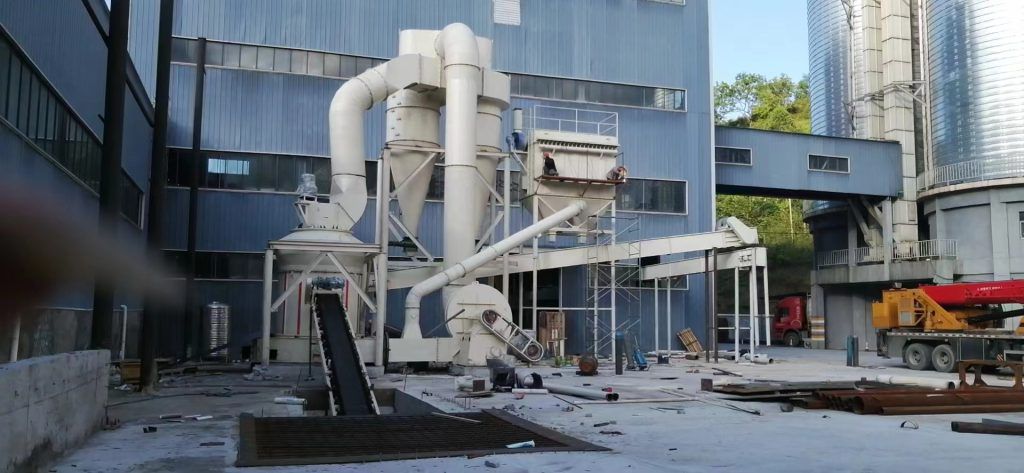
Raymond mill is a device used to grind ore. It crushes material by rolling rollers against grinding rings. Fineness and output are then controlled by adjusting the air volume. Feeding material once and pulverizing it requires no screens, making it less prone to clogging. Recently, a friend asked me about the problem: after using their machine for a long time, the finished product fineness is no longer meeting the required level and is becoming increasingly coarse. What is the problem? Today, we will analyze this issue in detail. We hope that others experiencing similar problems will find it helpful in adjusting the fineness of their Raymond mill.
Severely worn blades
The main unit of a Raymond mill is the working chamber where the material is processed. The blades scoop up the material, which is then crushed by the rolling rollers against the grinding rings. If the blades are severely worn and cannot scoop up the material, the fineness and output of the mill will be affected. If the blades are severely worn, they should be replaced promptly.
Severe Wear of the Grinding Roller and Grinding Ring
The grinding roller and grinding ring crush the material, making them the most important grinding components of the Raymond mill. Excessive wear on the grinding roller and grinding ring can significantly affect the fineness of the finished product. The solution is simple: promptly replace these components.
Severe Wear of the Analyzer Blades
The finished material processed by the Raymond mill is blown up by a fan and then passed through the analyzer. Fine particles enter the powder collector, while less fine particles continue to be ground in the main unit. Severe wear of the analyzer blades can cause coarse particles to pass through the analyzer and enter the powder collector, severely affecting the fineness of the finished product. If the problem is with worn analyzer blades, replace these components promptly to resolve the issue.
Leaks in the equipment's auxiliary equipment
Because Raymond mills are used to grind ore, some materials have a strong iron content. Over time, these materials can wear out the equipment's pipes and other connections. Leaks can seriously affect fineness and output. Leaks in positive-pressure areas are easy to detect, causing powder to spray outward. However, leaks in negative-pressure areas draw air inward, making them harder to detect. In this case, you should turn on the fan and carefully clean all pipes to seal any leaks tightly. This will prevent coarsening.
During daily Raymond mill production, we should not only develop the habit of oiling and maintaining the mill, but also observe and analyze the equipment frequently. This will help us easily resolve any problems we encounter. Equipment is a tool we purchase to generate revenue. As we use it, we gain experience and find solutions tailored to the characteristics of the materials we process. Problems can be easily resolved by replacing new parts. However, some problems can be caused by improper operation. We must adhere to standardized operation and maintenance procedures, and the equipment will function more smoothly with each use.

